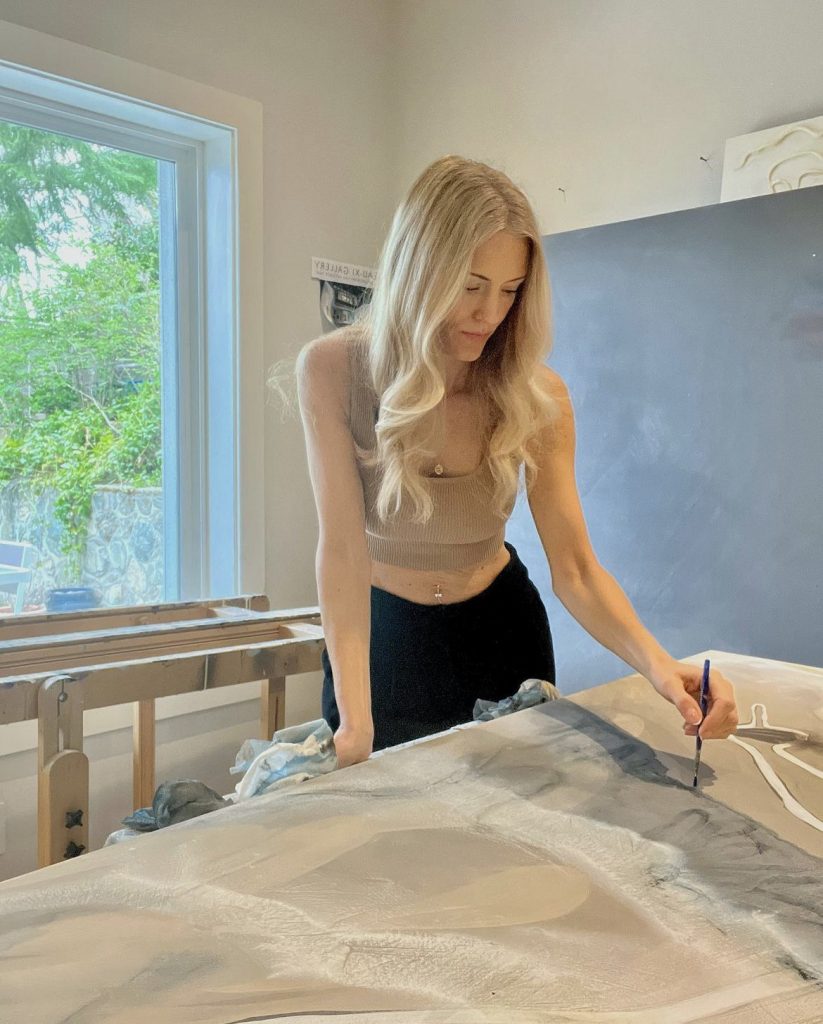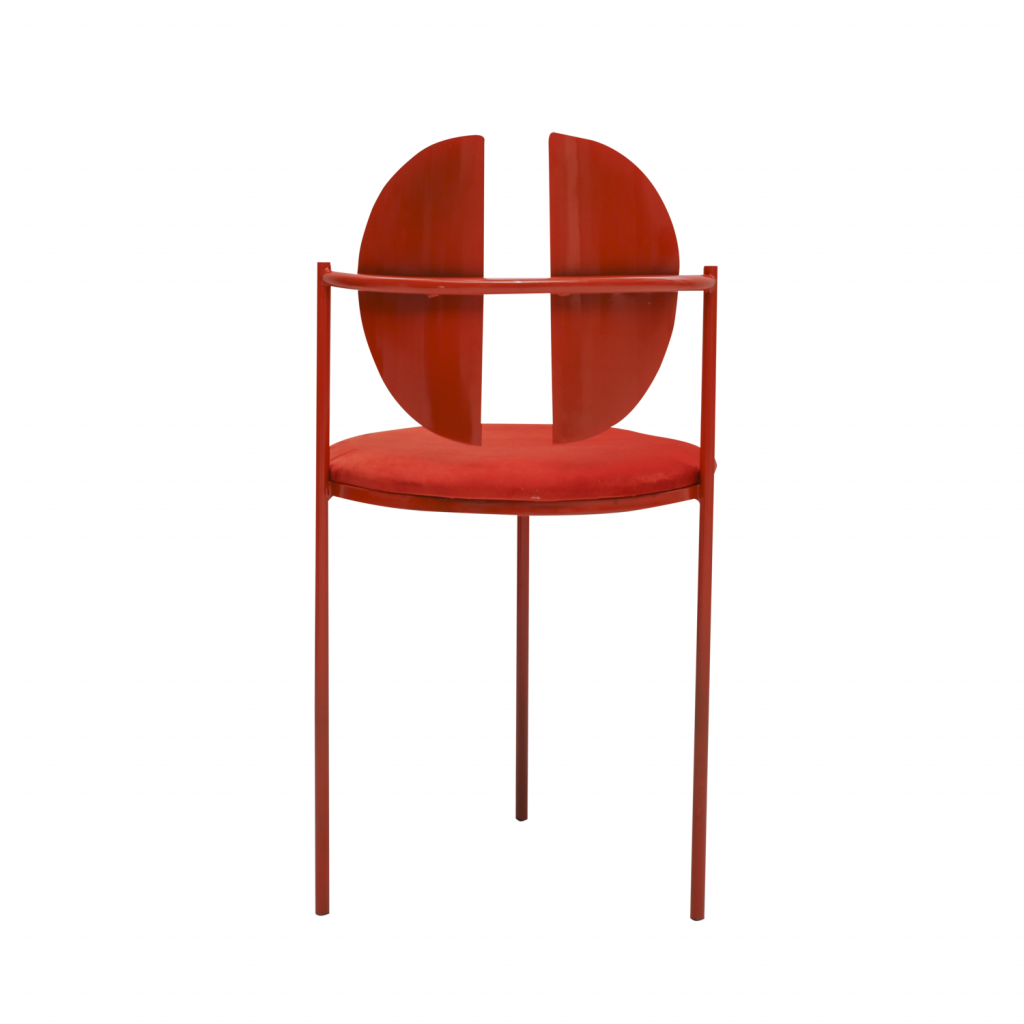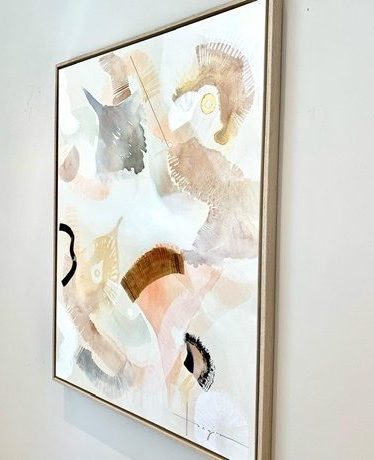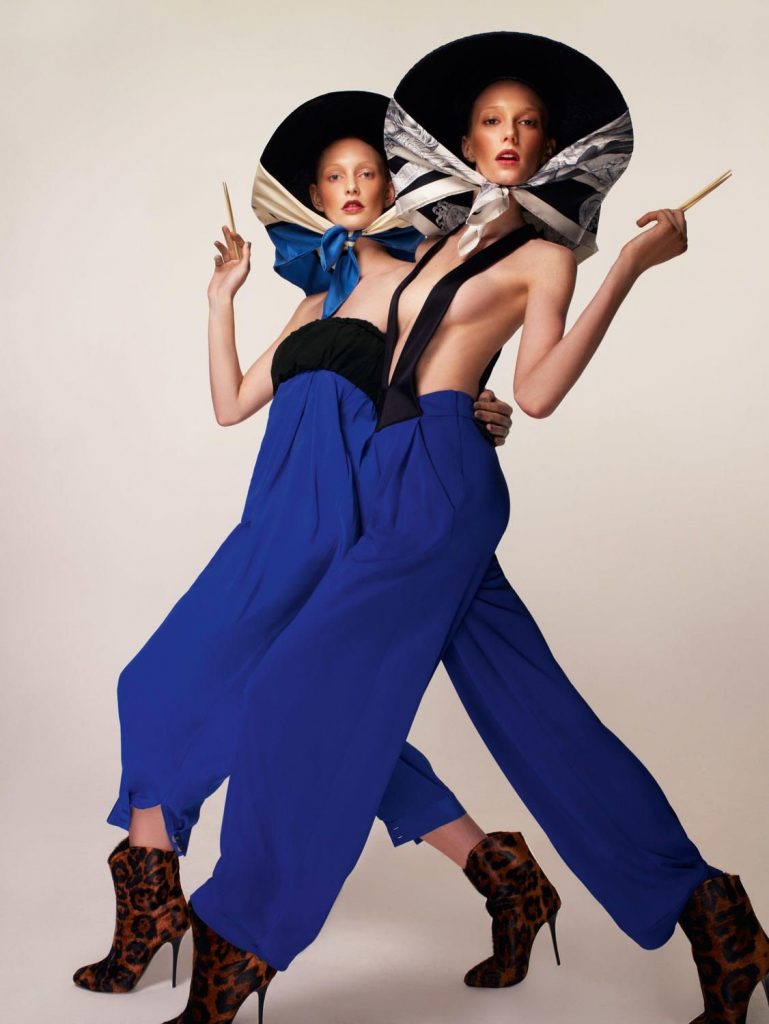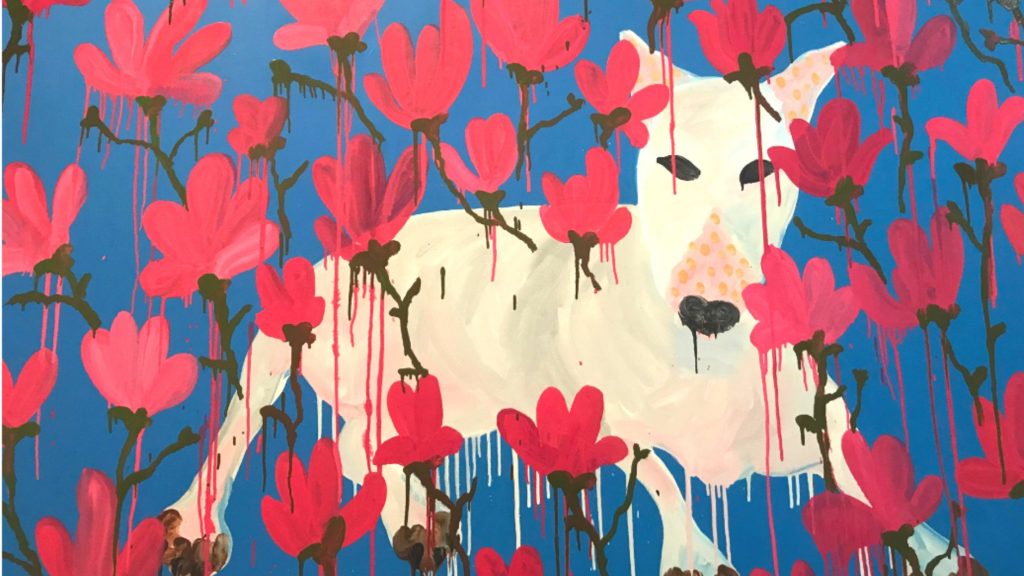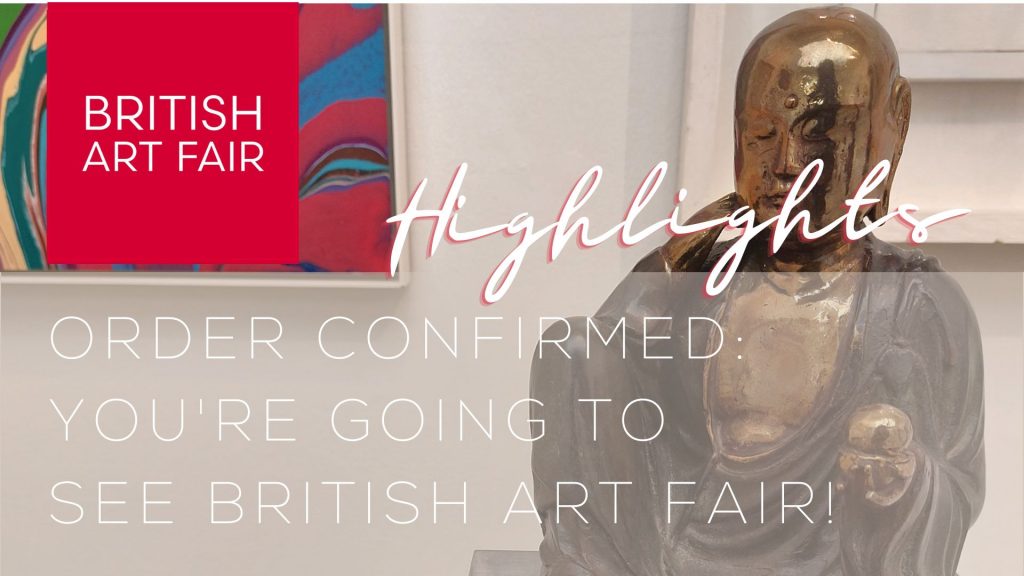11 Surprising Realities About Taryn Wells You Should Know

"The juxtaposition of the strange and the beautiful is what keeps me coming back time and again."
With collections available across the UK, U.S., Canada, Switzerland, Australia and Tawain, it is no surprise that Taryn’s Art has made it into the homes and galleries of those who appreciate and admire her infectious talents.
Her surrealist explorations and textured reliefs employ simple line forms to depict and capture the thesis of a female experience. A philandering impression to convey commentary on “societal pressures put on women, in a non-preachy way.”
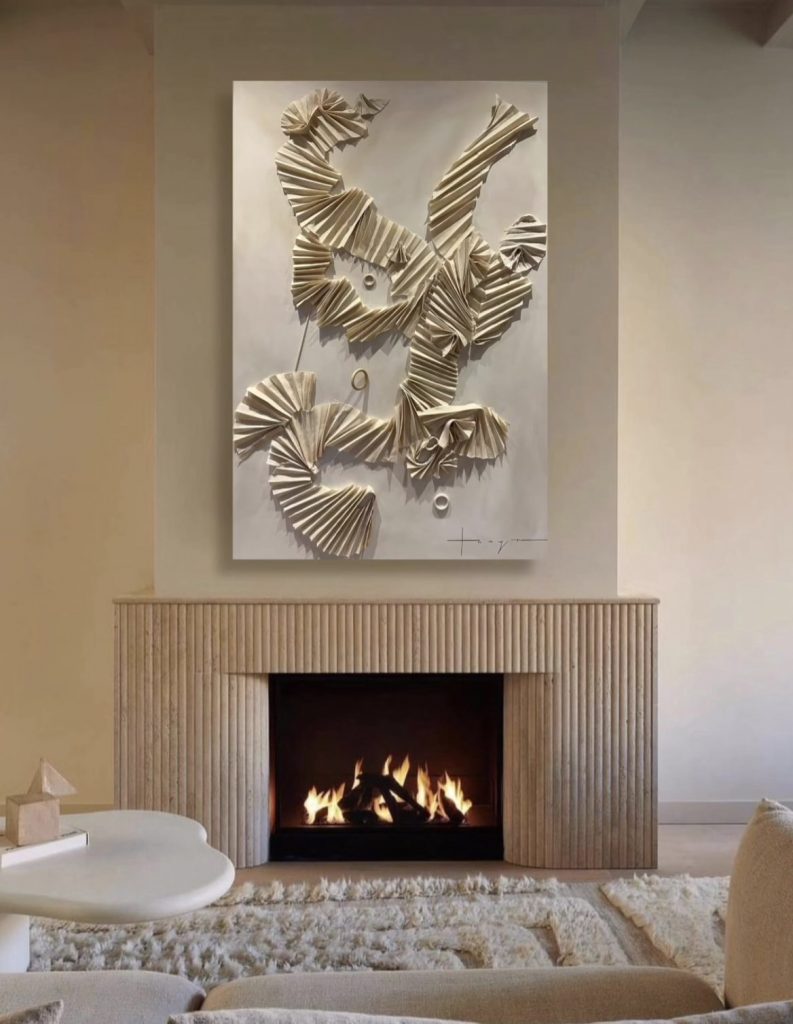
"The fantasy and quirkiness of editorial fashion print is what inspires me most."
Taryn Wells’ notable style has been on our radar for some time, and we have watched while she continues to flourish and bloom. Awarded by the Federation of Canadian Artists in Vancouver for her excellence, this contemporary artist, formerly known as Taryn Brown, holds firm ground in the fine arts arena.
We go beneath the canvas with an artist who emerged into the arts sphere 15 years ago – where she has been making waves ever since.
A series of delicate silks arranged in galvanising compositions, corrugated folds and furrows that provoke the eye into submission is just one compilation Taryn has to offer. Inspired by the Japanese aesthetic, Wabi Sabi Minimalism, her body of works speaks for itself.
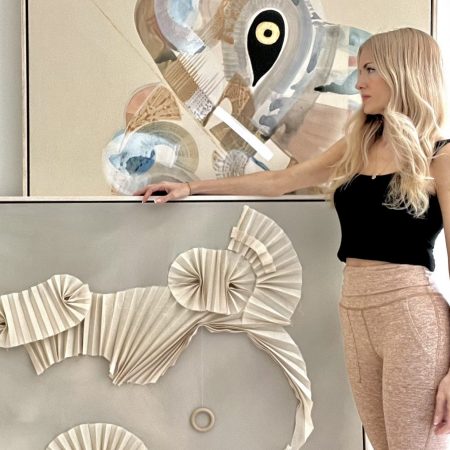
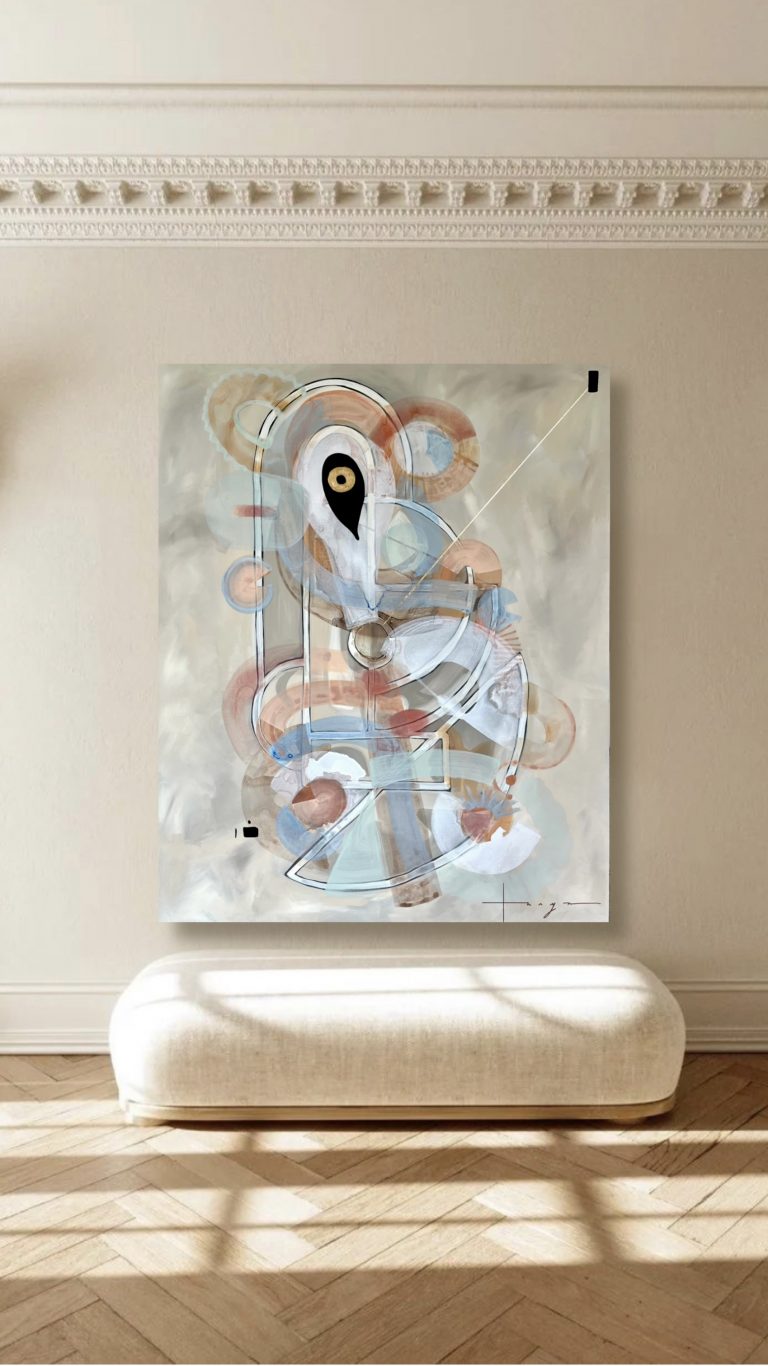
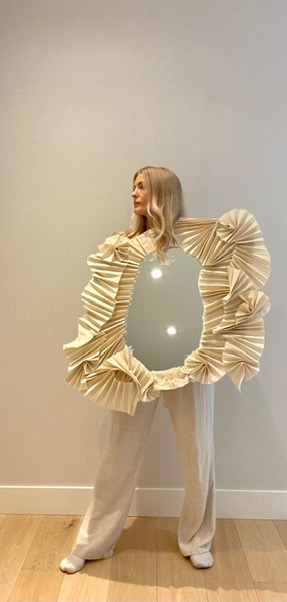

Keep reading to reveal the chair that made the Hot Seat edit in this month’s journal entry.
What is your art background, and how did you get into it?
I began sketching when I was seven. I began painting as a teenager.
What is your practice commonly known for?
I’m not really sure exactly. Some people love my porcelain work, others are more drawn to my silk paintings. I’ve just started a new series called Rainbow Girls which is a colorful acrylic inspired by editorial fashion print.
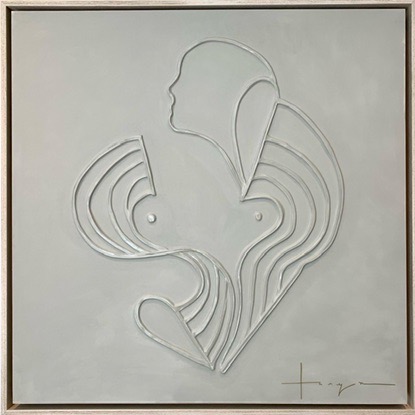
How has your life experiences influenced your work?
Do you ever find it hard to part with your paintings?
Nope! I want all of my little babies to find excellent homes.
Tell us about the first artwork you remember making.
Who are your biggest motivations?
I am really inspired by editorial high fashion print; I am drawn to the juxtaposition of the quirky and the beautiful. I also adore textures and subtle colour tones and shadows. I play with these within my porcelain and silk paintings.
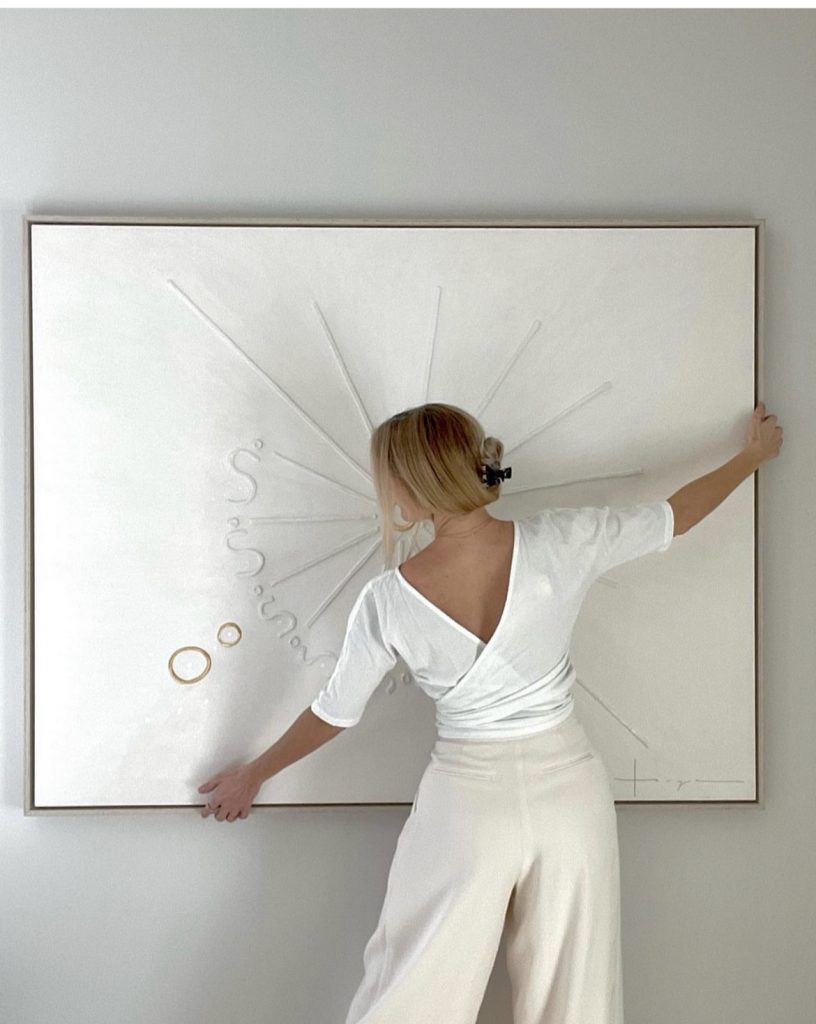
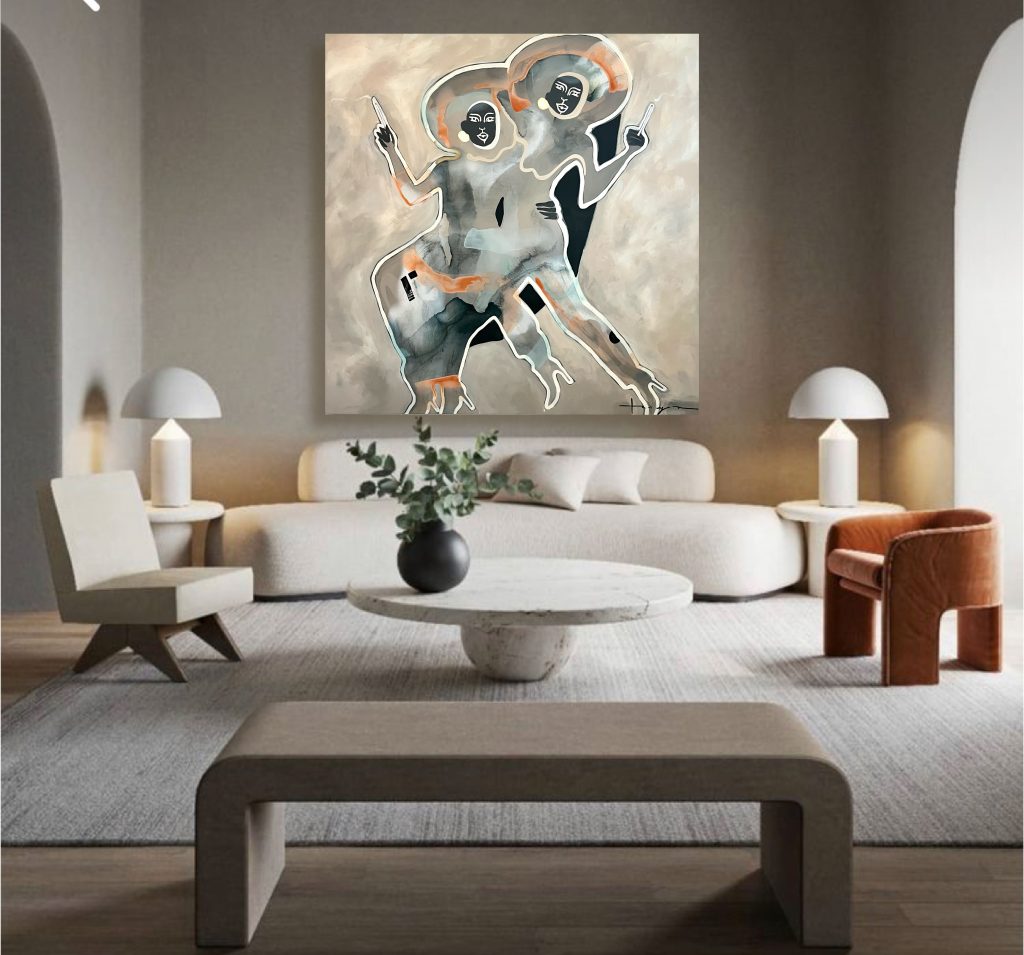
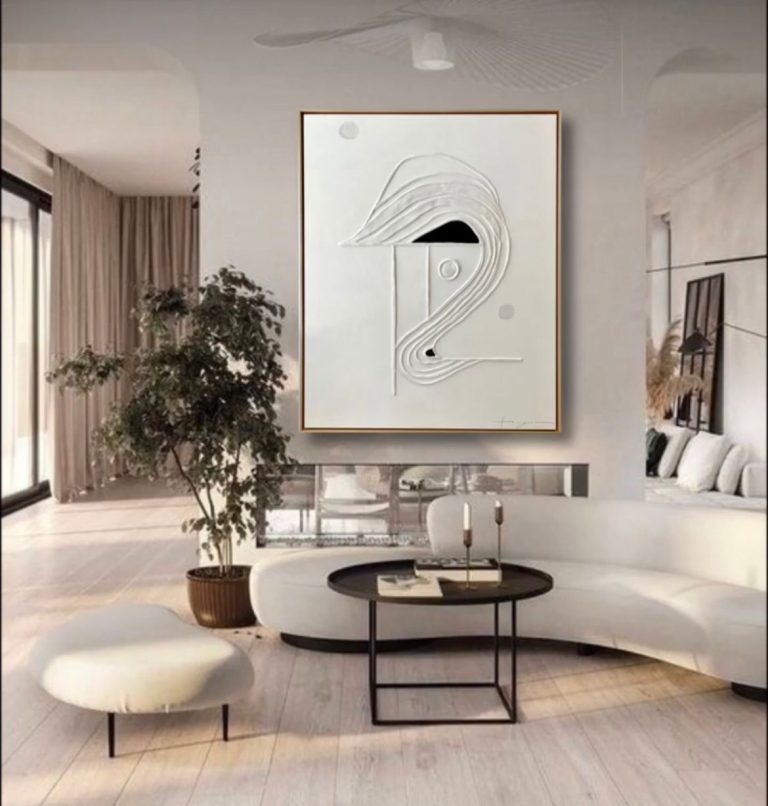
To capture the female experience and to make commentary on societal pressures, put on women, but in a non-preachy way.
I remember so clearly that I wanted to be just like the models in the music video because they seemed so strong and lacked any vulnerability. In fact, they knew exactly what they wanted, and it wasn’t me. It wasn’t anyone. They didn’t NEED anyone, and back in 1985, this was my first real taste of feminism.
After that moment, I became voracious for MTV music videos and my grandmother’s old Vogue magazines to sketch from.
The fantasy and quirkiness of editorial fashion print are what inspires me most; the juxtaposition of the strange and the beautiful is what keeps me coming back time and again.
My surrealist characters are an exploration of gender and race through bold colour combinations and lush gestural brushstrokes.
My “RainbowGirl” series explores the concept of “girl”; the figures often have androgynous faces but are wearing feminine clothing. You don’t have to be female to want to be a girl sometimes; girls have more fun, draw more attention and are more outgoing and sexy, but they are also more naive and vulnerable.
Their riotous rainbow skin tones do not connote any race, making them more human than any single stereotype. I enjoy contrasting city-chic characters against exotic outdoor backdrops, almost like they have been dropped into the middle of somewhere they don’t really belong, which lends to the dream-like atmosphere.
My painterly style is inspired by Les Fauves, and I have loved the freedom of their expressionism for as long as I can remember.
My style focuses on line and how colour can represent an emotion. The new series RainbowGirls wants to evoke something in the viewer: curiosity, sympathy, kinship, and envy.
When it’s comes to pricing, how do you price your work?
I follow the formula where you multiply the dimensions with each other, then you multiply that number by a certain number which depends on your popularity as an artist. Right now I am a “3” based on what my galleries tell me. But as my work keeps selling well, this number will go up.
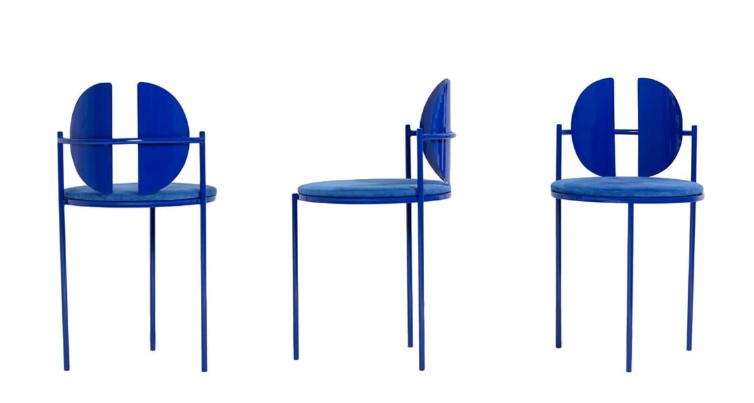
Do you have any rituals you perform before, after or during your artistic process?
I meditate every morning and try to write my goals and affirmations in a journal while having my coffee. If the weather is agreeable, I’ll take my dog for a hike in the morning and then hit the studio with a clear mind. Some days my routine is not this but I like switching it up.
A ritual we carry out when journaling about an artist featured on our platform is to ask a previous visitor to provide a question for our next Hot Seat guest.
Your question is: In your opinion, do artists have a specfic role in society?
I think artists have the role of storytelling. I see a lot of artists making beautiful, decorative art on Instagram, and good for them! But I think, in order to be classified as a fine artist, you must tell a story and/or make some kind of commentary on societal norms. Fine art to me should be more cerebral than just something pretty for your walls.
The Hot Seat featured in this article was made for you by Ángel Mombiedro.
The Qoticher Chair, also available in White and Suede.
For sales enquiries and exclusive prices visit:
emailmailto:info@lnrinteriors.co.uk
Add Qoticher Chair or More Trade Deals to the subject matter, and we will take care of the rest.

